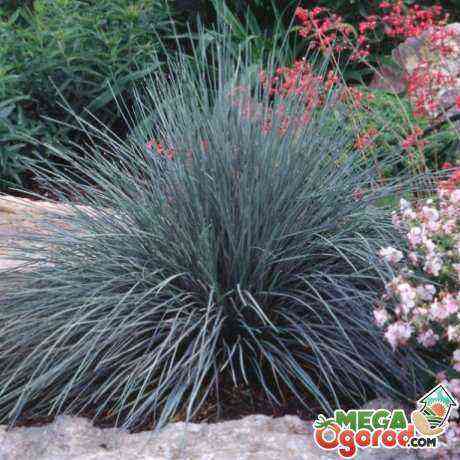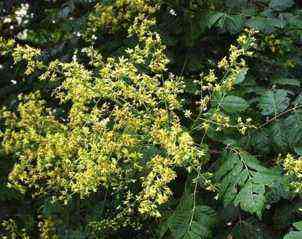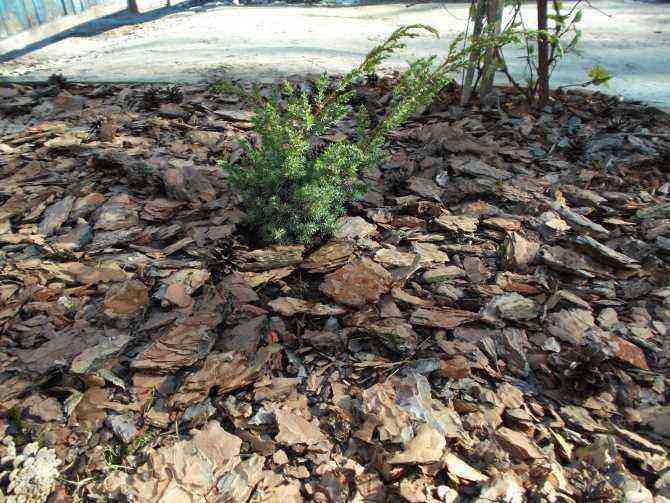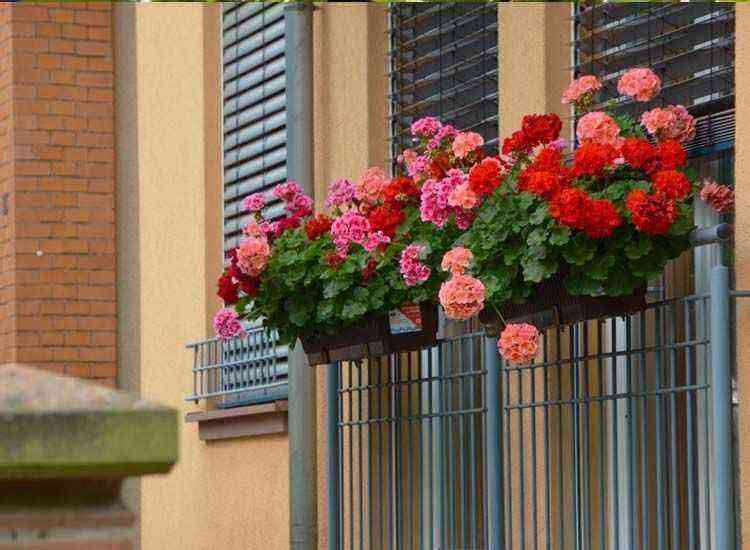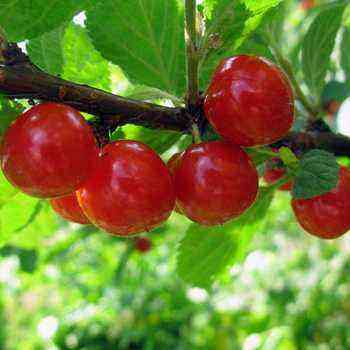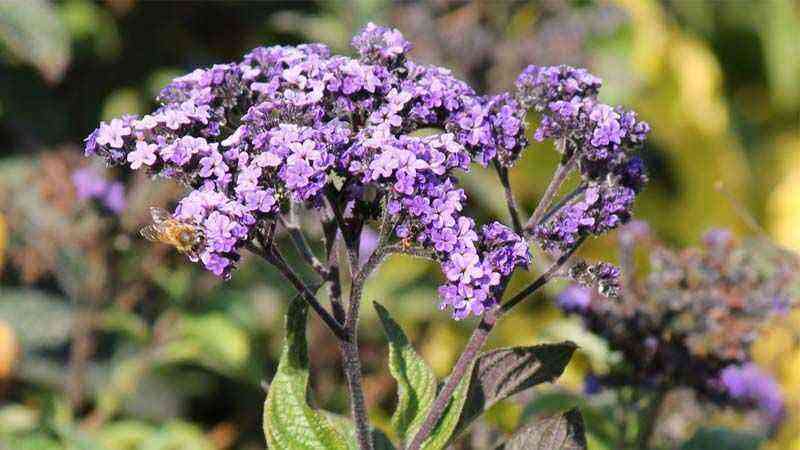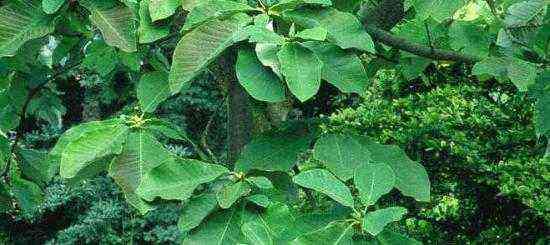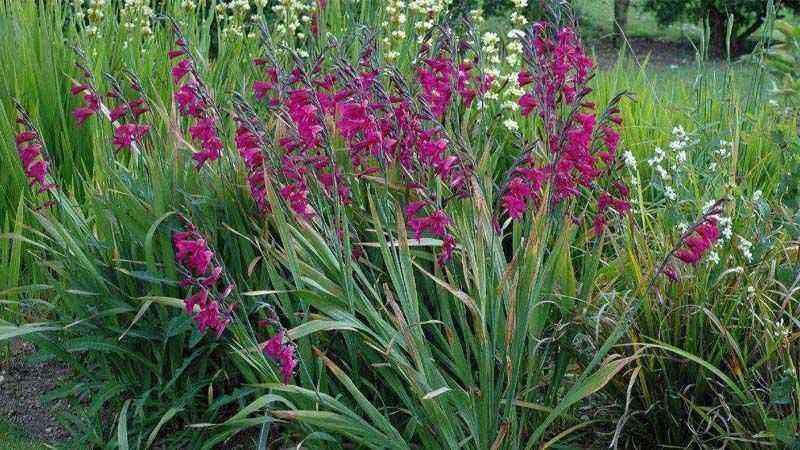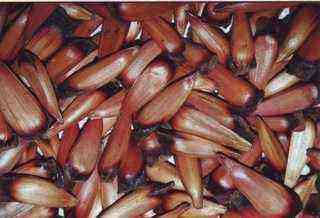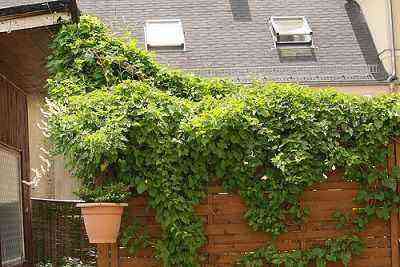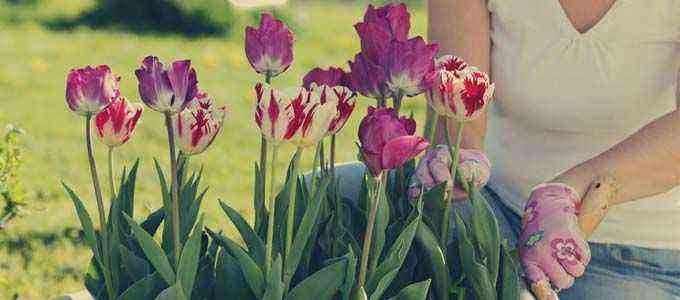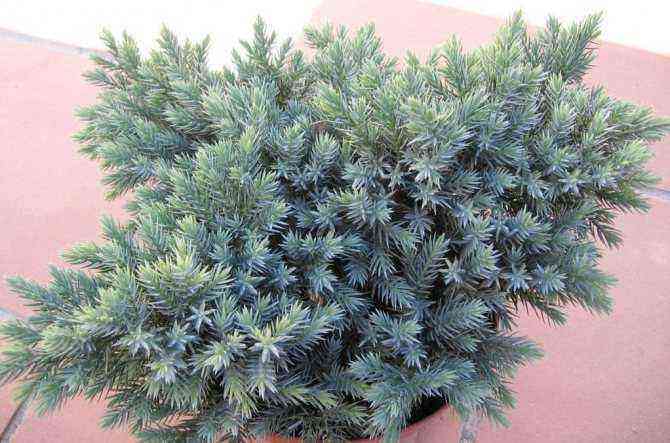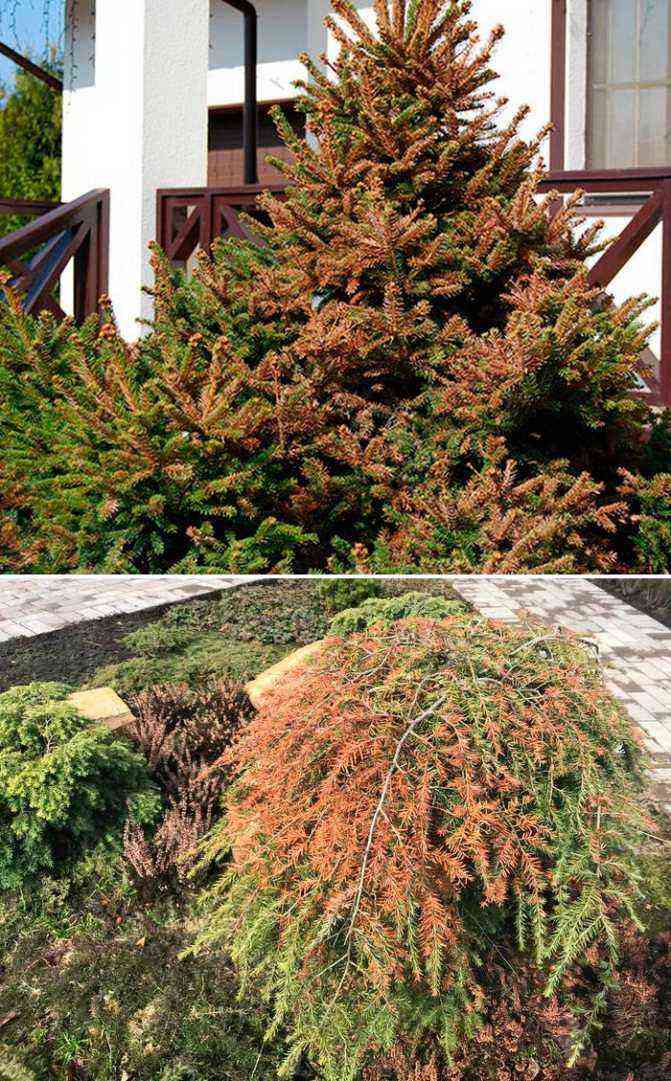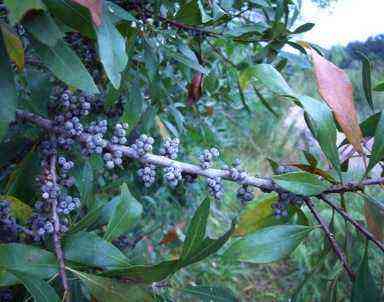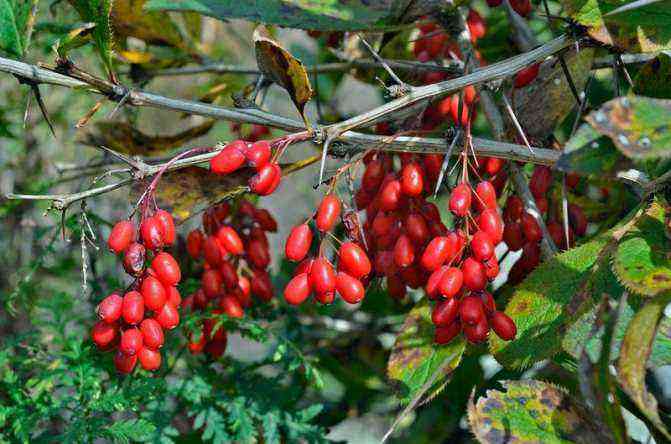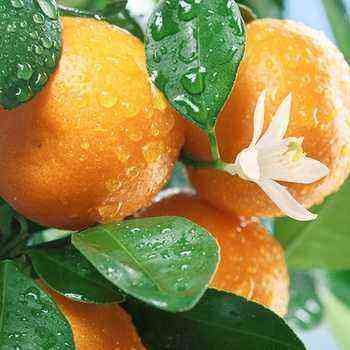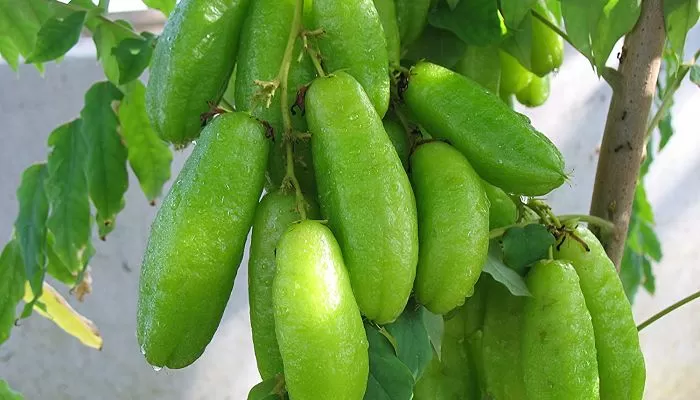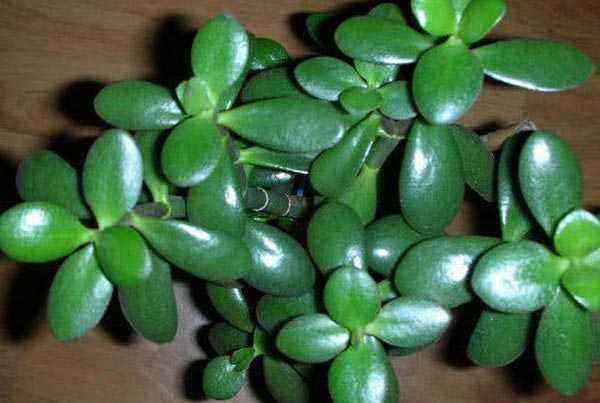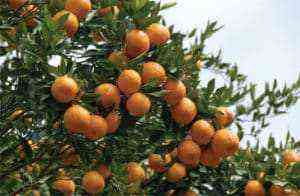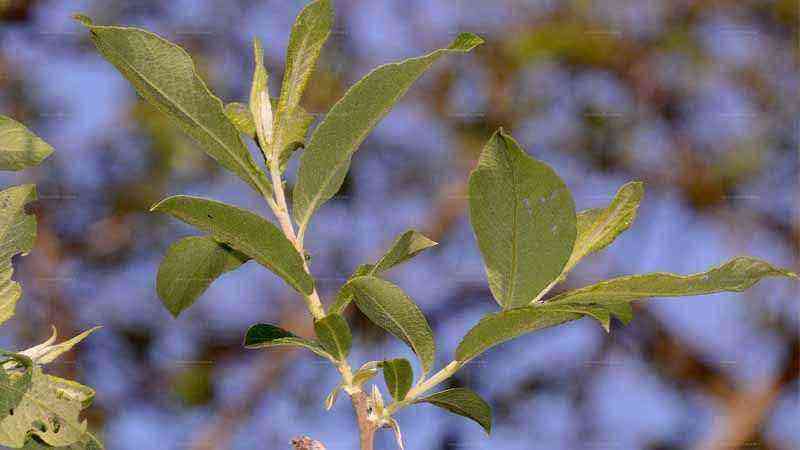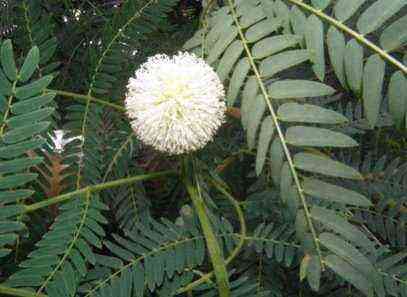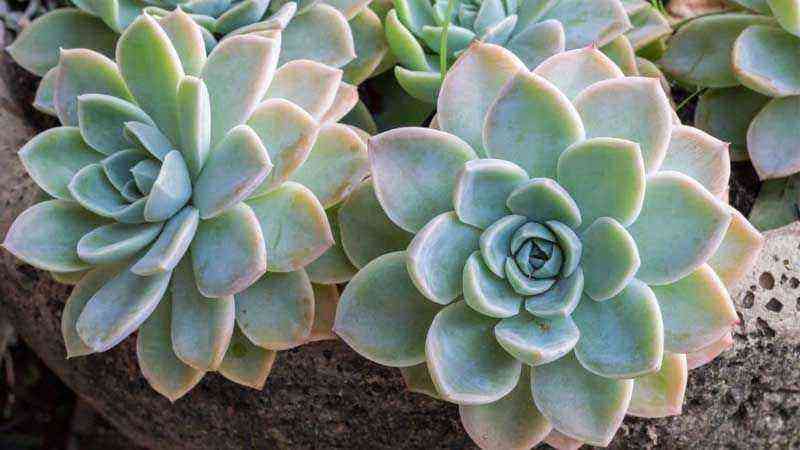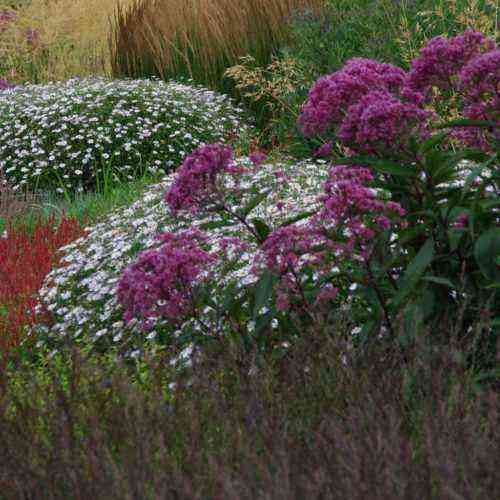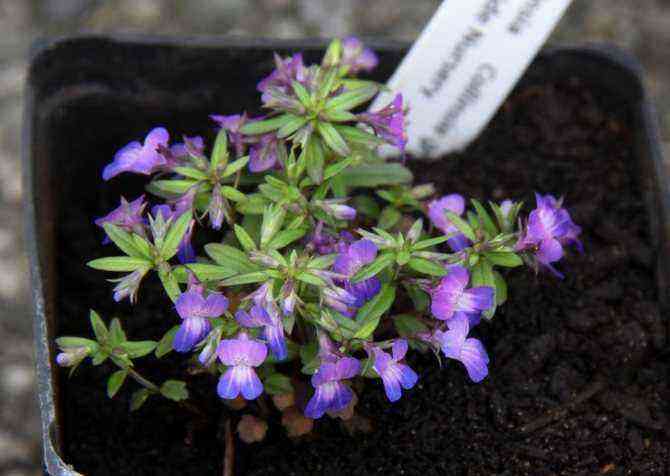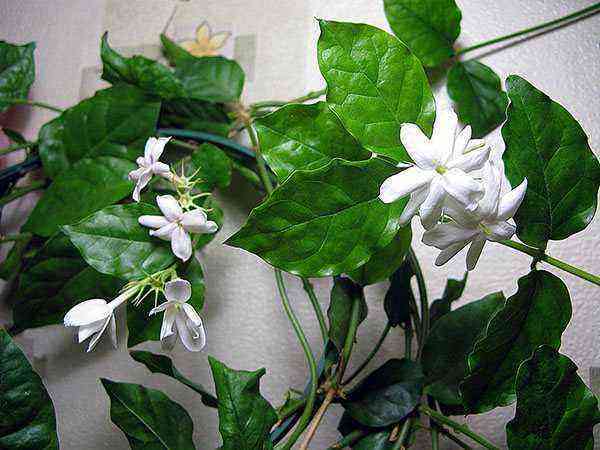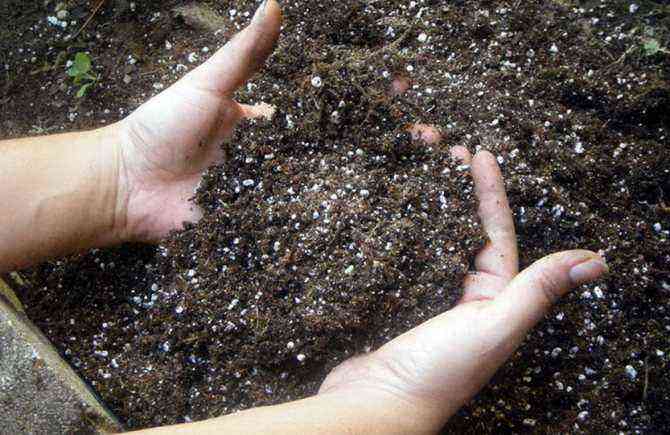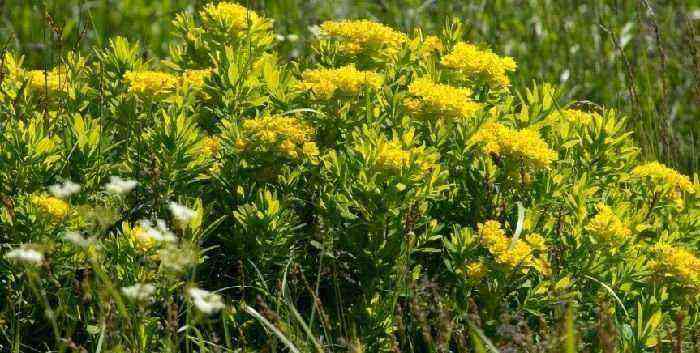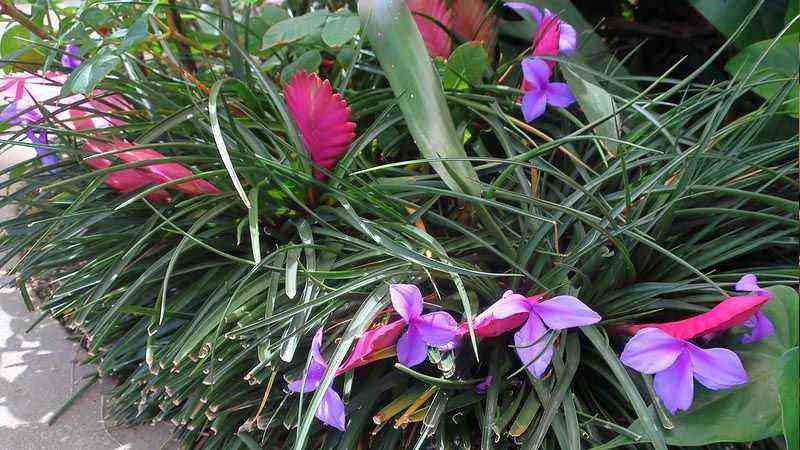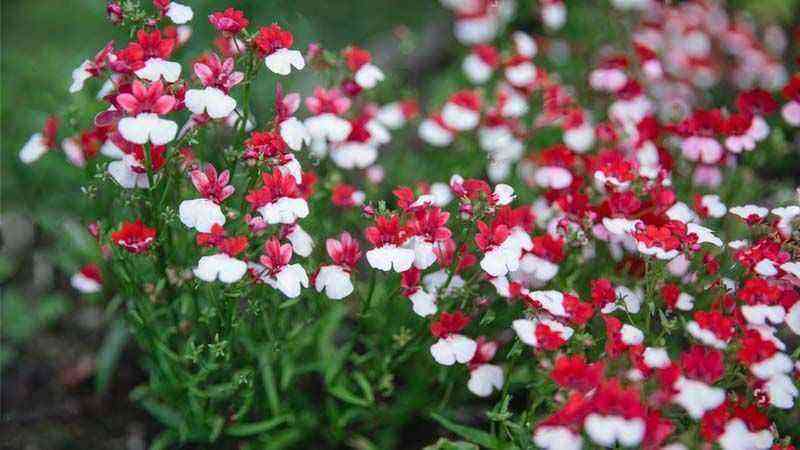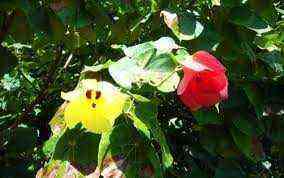We return to the load with a new sheet of plants. In this case we have been intoxicated by the magnificent flowering that the royal mallow has. We are going to try to tell you something about it, its description, its cultivation and curiosities that surround the plant. We put the batteries in Agromática with Alcea rosea.
Cultivation of Alcea rosea or royal mallow, a heady plant for your garden
We begin with a general description of this plant. We can know it by several names, such as royal mallow, hollyhock (without referring to the famous Valencia beach), mad mallow, etc. It is originally from China although it is already widespread in many countries where the climate is favorable.
Alcea rosea belongs to the family Malvaceae, being one of the most cultivated plants within the genus Alcea.
Do you also want to know a well-known plant of the family Malvaceae? Well, a very ornamental plant that we have also touched here at Agromática, the hibiscus rosa sinensis, also known as the China rose (Malaysia’s national flower).
It is not a common-looking plant with others with similar blooms, as Alcea rosea it can grow up to 2 meters. Its leaves are shaped similar to the fig tree (where here you can see its cultivation). This curious leaf shape has a name (like everything in the botanical world). It is known as palmtilobada.
And what about its cultivation?


Cultivation of Alcea rosea or royal mauve
Climatic characteristics
Hollyhock is usually quite hardy. They grow with full sun exposure, temperatures between warm and warm (15 to 25 ºC) on average. In fact, like the previous photo, you can see it growing without shadow areas and in harsh environments, such as urban ones (imagine in August, with the smoke from cars, the closed heat, the scarce aeration, etc.) however there it is …
Soil appearance
It does not present special problems regarding the type of soil, structure, porosity, etc. Special attention should be paid to the levels in organic material. If necessary, mix the soil well with compost or manure prior to planting (the more decomposed the better), and make amendments once Alcea rosea is already planted, especially in its flowering.
You will also have to be careful with watering, that it is not excessive (that the soil can absorb it well with its drainage), avoiding puddles and controlling the Humidity of floor.
Irrigation
If we have a hot summer, it will be necessary to supply enough moisture to the soil. The risks will be frequent but not excessive. Every 2 or 3 days on average, in winter to gradually decrease the volume and frequency of irrigation.
As we always say, instead of establishing an exact amount of irrigation (since with the hose you cannot know the amount), it is to control the moisture concentrated in the soil. Neither excess nor defect is good.
Some cares
Its sowing takes place between spring and early summer, May to July. We can sow it in pots or seedbeds, with a separation distance of around 20 cm, and transplant once the royal mallow has developed its first 3 true leaves. Flowering will occur in the following summer season.
Depending on the weather conditions, Alcea rosea It can be affected by some fungi, especially if the moisture content is high and the temperatures are favorable for its development.
In this particular case we speak of roya or insects like aphids, Bedbugs, Red spider (that forms a web around the plant), weevils, etc. Pests that tend to have a large host range.
Uses of royal mallow
Although the greatest use of Alcea rosea It is ornamental, even for parks and public gardens, due to its wonderful summer flowering, it also has other medicinal applications.
It is not very common but its leaves can be used as expectorant y emollients (to reduce inflammation). Also, depending on the intake it can cause diarrhea, so its consumption must be controlled. The roots have diuretic and astringent potential).
Not only outside of agriculture the royal mallow has applications, because as the Woodlouse, You can also extract dyes, as well as food sweeteners.
You know, if you want to increase the potential of your garden, do not think about it and buy seeds of Alcea rosea. A simple, rustic crop that is perfectly adaptable to a medium garden. Success assured when flowering arrives!

